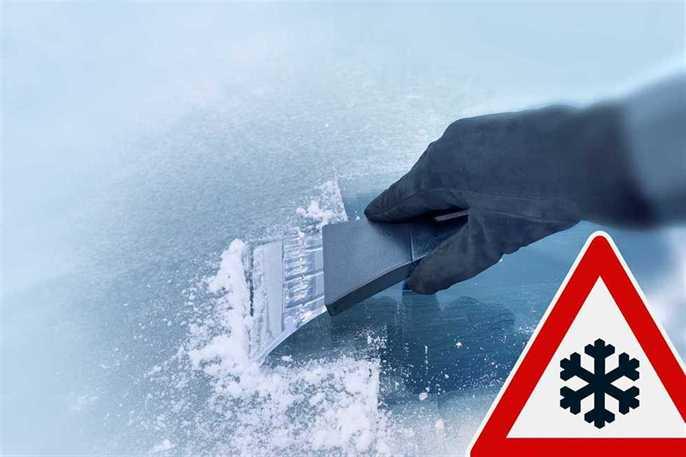
Few sights inspire fear in the hearts of Canadians like a patch of black ice; it’s nearly a quintessential winter experience to drive over one and suddenly spin out of control. Not only is it a danger to drivers and pedestrians, but it’s incredibly difficult to spot, since black ice blends in with the pavement. This is especially true at nighttime.
Contrary to what the name suggests, black ice is actually clear. Since it forms over sidewalks and roadways, it only appears to be black. The transparent colour of the ice is due to its thinness. It can get even more dangerous when it’s covered by a thin layer of snow, which makes it completely invisible to oncoming cars. If you’re caught on a patch of black ice, what can you do, and how do you get rid of it?
How does it form?
Specific conditions facilitate the formation of black ice, such as a light snow or rainfall. During the day, temperatures are usually higher. This can cause snow that’s on the road or piled up beside it to melt and spill onto the pavement. When the sun sets and temperatures drop again, the water refreezes into black ice. Keep your eye out for it late at night and early in the morning, which is when the weather tends to be the coldest. The colour makes it hard to see, but sometimes you can notice the shiny surface of the ice.
What do you do if you drive over black ice?
You’ll commonly find black ice on roads that don’t get much sunlight, on bridges, and on backroads. Sometimes, you don’t know that you’re about to drive over black ice until it’s too late. In these scenarios, there are a few ways that you can regain control of your vehicle. Try to keep the steering wheel as straight as possible, as any sharp turns can make it harder to maintain control. It might seem counterintuitive, but don’t hit the brakes—this can make your vehicle skid, causing you to slide off the road. Lift your foot from the gas pedal and let it slow to a stop naturally. If you drive a standard vehicle, shift into a low gear for more control.
Vehicles with an ABS (anti-lock braking system) will have a better time fairing with black ice. Winter tires are designed to have higher traction, making them a good defence against this icy obstacle. Finally, avoid using cruise control when driving in the winter because it will make it harder to slow down if you come across a patch of black ice.
Black ice isn’t easy to see. Often, it’s too late before we realize that we’re about to drive right over it. Try to drive your vehicle on the parts of the road with the most traction (sand or snow) to maintain better control in these situations.
How do you get rid of it?
If you find yourself frequently sliding on a sheet of black ice, your first question will be, how can I make it go away? To do that, you’ll need to call a maintenance company.
Cleanr Property Maintenance offers parking lot sanding services in Winnipeg. We use sand and rock salt to boost traction and melt ice on sidewalks, driveways, and parking lots. Reduce the chances of accidents and injuries by scheduling our sanding services today!


